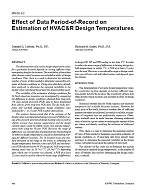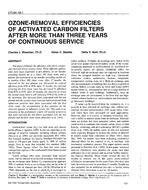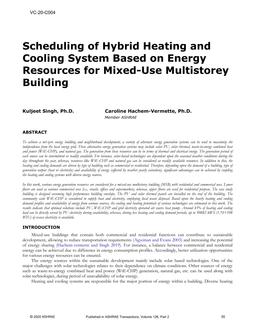Today’s well-equipped, automated office is served by an array of infrastructure subsystems, delivering light, heat, cooling, fresh air and electrical power. These subsystems are separate, but they touch each other in the occupied space. Efficient operation of the building depends on coordinating primary HVAC systems with demands in the zones. ASHRAE’s standards continue to move in that direction, while advanced designs push farther ahead. Supply air temperature and pressure from air handlers must react dynamically to loads in spaces. It’s no longer acceptable to run the system as though it constantly serves a design load. Other aspects of automated building function, such as lighting and daylighting, exhibit different relationships among occupied spaces. Schedules and occupancy sensors apply across areas of the building defined in terms of the tenants that use them or the type of use (meeting rooms, open office space, common corridors, etc.). The boundaries of these areas generally do not match those defined by the HVAC supply relationships. A new, flexible, group data communication paradigm is specifically designed to answer the needs associated with dynamically optimizing operation of the building infrastructure. Application examples illustrate the fit to HVAC coordination and other automated building functions.
Citation: ASHRAE Papers: 2015 ASHRAE Annual Conference, Chicago, IL
Product Details
- Published:
- 2015
- Number of Pages:
- 8
- File Size:
- 1 file , 2.1 MB
- Product Code(s):
- D-CH-15-C015


